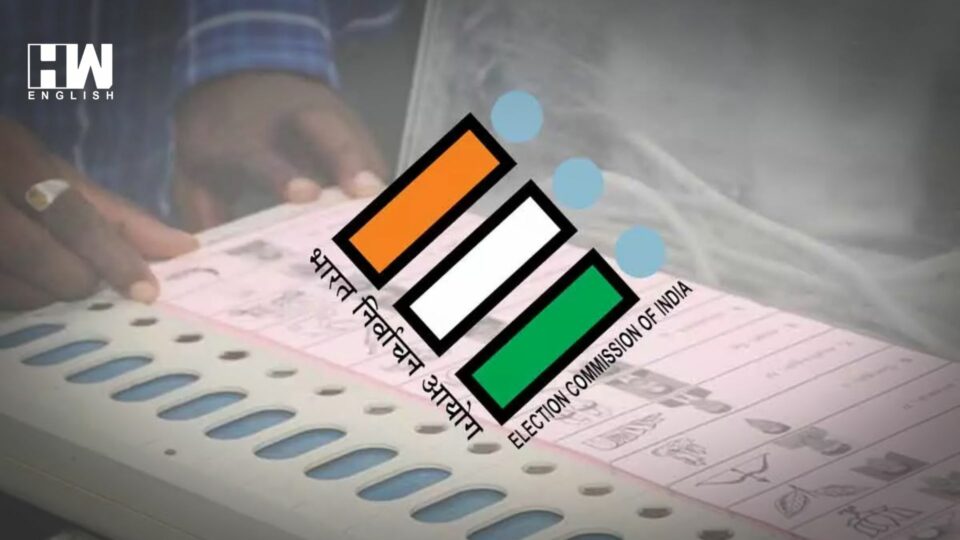The Election Commission of India (ECI) discarded 5,54,598 votes cast by Electronic Voting Machines (EVMs) in 362 constituencies as the results of the 2024 Lok Sabha elections were announced on Tuesday, June 4.
Additionally, the ECI found a surplus of 35,093 EVM votes in 176 constituencies, meaning the number of votes cast on EVMs did not match the votes counted on result day. This comparison excludes postal ballots, as the turnout data only includes EVM votes.
In at least 267 constituencies, the difference was more than 500 votes.
Let’s Understand With Examples
In Tamil Nadu’s Tiruvallur constituency, which voted on April 19 in the first phase of polling, 14,30,738 EVM votes were recorded as per turnout data released by the ECI on May 25. On counting day (June 4), only 14,13,947 EVM votes were counted, showing a deficit of 16,791 votes.
In Assam’s Karimganj constituency, which voted on April 26 in the second phase of polling, 11,36,538 votes were recorded according to ECI data. However, on result day (June 4), 11,40,349 votes were counted, resulting in a surplus of 3,811 votes.
While the poll body has not provided a specific explanation for the mismatch between the two sets of data, the Chief Electoral Officer of Uttar Pradesh (UP) explained the discrepancies in UP on X (formerly Twitter).
The Chief Election Commissioner (CEC) wrote, “The difference between votes polled and votes counted can occur because some polling stations’ votes are not counted according to the Commission’s protocols in various Manuals and Handbooks,”
He explained two scenarios where the number of counted votes can be less than the EVM votes polled.
First, if the Presiding Officer forgets to clear the Mock Poll data from the Control Unit before starting the actual poll or fails to remove Mock Poll slips from the VVPAT before the real voting begins. Second, if the total votes in the Control Unit don’t match the record of votes in Form 17-C because the Presiding Officer incorrectly records the number.
The CEC, however, did not clarify circumstances under which surplus votes can be counted.
In Karimganj, where 3,811 surplus votes were counted, BJP candidate Kripanath Mallah won by a margin of 18,360 votes.
Jagdeep Chhokar, co-founder of the Association for Democratic Reforms (ADR), a nonprofit focused on electoral and political reforms in India, told The Quint that the Election Commission should provide “constituency specific explanations” for these discrepancies.
Chhokar said, “So far, the Election Commission has only given a generic explanation for EVM vote surplus or deficit, and that too on Twitter. The poll body needs to give specifics. This makes an even stronger case for the EC to make Form 17C publicly available. We’re not casting doubts on the election results, but there needs to be a transparent and robust mechanism for counting votes,”.
Other constituencies with surplus votes include Ongole in Andhra Pradesh, Odisha’s Balasore, Mandla in Madhya Pradesh, and Buxar in Bihar.
In Assam’s Kokrajhar constituency, 12,40,306 votes were polled but only 12,29,546 votes were counted, resulting in a deficit of 10,760 votes. The United People’s Party candidate Joyonta Basumatary won the seat by a margin of 51,580 votes.
Similarly, in Dhenkanal, Odisha, 11,93,460 votes were polled, but 11,84,033 votes were counted, showing a deficit of 9,427 votes.
In UP’s Aligarh, where BJP’s Satish Kumar Gautam won by a margin of 15,647 votes, 5,896 votes were discarded.
A story by The Quint highlighted similar discrepancies in EVM votes polled and counted during the 2019 Lok Sabha elections. Following the story, The Association For Democratic Reforms (ADR) filed a petition in the Supreme Court requesting “a court order directing the Election Commission of India (EC) to conduct actual and accurate reconciliation of (votes) data before the declaration of the final result of any election.”
On April 26, the Supreme Court dismissed this and other pleas seeking comprehensive verification of Electronic Voting Machines (EVMs) with Voter-Verifiable Paper Audit Trail (VVPAT) slips.
This decision came after the EC informed the Court that “no mismatch was detected” between the votes counted in the EVMs and the VVPAT slips, following their verification of over 4 crore slips.
As an independent media platform, we do not take advertisements from governments and corporate houses. It is you, our readers, who have supported us on our journey to do honest and unbiased journalism. Please contribute, so that we can continue to do the same in future.

